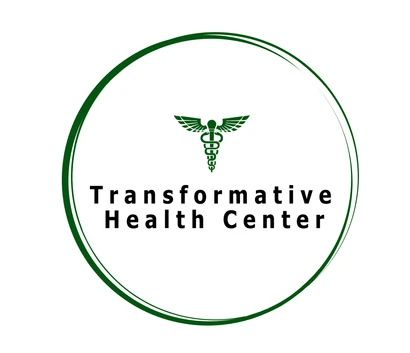Medical marijuana has the potential for use in supporting certain medical conditions. While it isn’t legal in every state, more and more states are getting on board with using marijuana for its possible medicinal purposes. The FDA has only approved the use of medical marijuana for epilepsy, Dravet syndrome, and Lennox-Gastaut syndrome, but many health practitioners are prescribing medical marijuana for its potential to help a host of other chronic issues. There haven’t been a lot of studies conducted on the use of marijuana for health issues, however, many people are turning to it to help ease their pain and symptoms.
Uses for Medical Marijuana
Medical marijuana is being used to potentially alleviate numerous health issues including:
- Alzheimer’s
- Cancer
- Crohn’s Disease
- Glaucoma
- Mental health conditions
- Multiple Sclerosis
- Pain
- Nausea
If you are experiencing symptoms or side effects of medical treatment, especially pain and nausea, talk with your doctor about all your options before trying marijuana. While medical marijuana may show promise in treating symptoms, it is not seen as a cure but may help you lead a better quality of life.
How It Helps
The active chemicals in marijuana – cannabinoids – are similar to chemicals in the body that help appetite, memory, and pain. There isn’t a lot of research yet. However, research that has been conducted shows that cannabinoids may possibly reduce anxiety, inflammation, and pain as well as potentially control nausea and help manage the symptoms of cancer.
When THC enters the body, it attaches to and stimulates cannabinoid receptors in the brain. The stimulation of these receptors could affect the body in various ways. Among its effects could be reduced pain and inflammation, increased appetite, nausea, and insomnia.
THC and CBD
THC is the psychoactive compound found in marijuana. This is what gives you the “high” feeling when you take medical marijuana. CBD is another compound found in marijuana that doesn’t have a psychoactive and is thought to be behind many of the health benefits of marijuana. Medical marijuana is available in a wide range of THC and CBD products.
How to Take Medical Marijuana
There are a few ways you can take medical marijuana. They include:
- Smoking
- Inhaling it through a vaporizer
- Eating it
- Applying it to the skin in the form of lotions and creams
- Tinctures that are placed under the tongue
Your medical provider can help you decide which method of ingesting medical marijuana is right for you. Not all ingestion methods work the same way. A licensed provider can help determine the dose you need to potentially experience the benefits.
Is It Safe?
While there haven’t been a lot of studies done on the safety and efficacy of medical marijuana, some side effects of taking it could possibly include:
- Increased heart rate
- Dizziness
- Impaired memory
- Increased appetite
- Hallucinations
There is great debate on the addiction associated with medical marijuana use. Another risk is for patients that smoke it. Smoking can increase your chances of COPD or lung cancer. It is important to work with a medical provider when beginning any alternative treatment.
How to Get Medical Marijuana
In states where medical marijuana is legal, you can go to dispensaries to get it. You should always consult with your doctor before starting any treatment. You will also need to get a medical marijuana card from a healthcare provider. The laws for medical marijuana vary by state so ensure you read up on the laws for your state before trying to obtain a license.
If you suffer from a chronic condition and are considering using medical marijuana when other treatment options have failed, you will need to talk to your healthcare provider. Your doctor can help you determine if using medical marijuana could potentially benefit you.
Contact Transformative Health today to learn more about medical MMJ or fill out the form below:
- 225-888-4041Interested in Learning More?
 Skip to content
Skip to content


